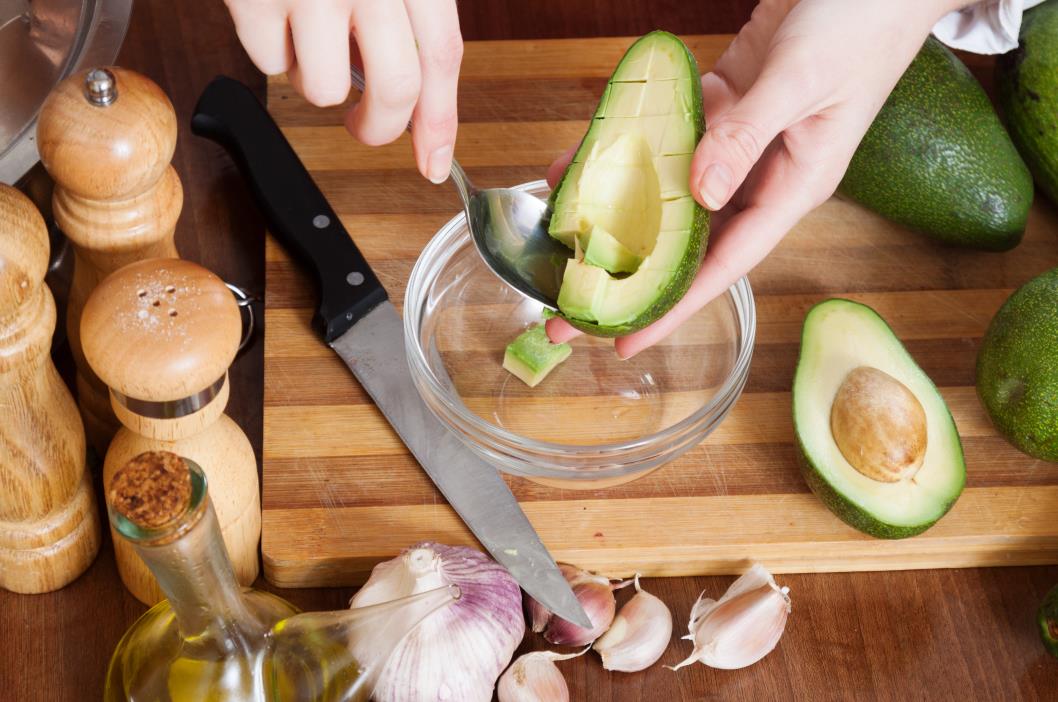Slicing knives and carving knives tend to confuse people as they look similar and are used to perform similar tasks. However, there are many important and even subtle distinctions between the two.
Slicing knives and carving knives have distinctions in various aspects. The main difference is in their function: A slicing knife is used to slice thinner cuts of meat as well as fruits and vegetables while a carving knife is used to cut denser meats. Knowing the differences of these knives would definitely cut down on your food preparation time.
But first, it’s important to know the roles of slicing knives and carving knives among all types of kitchen tools. To set the foundation, we’ll first talk about both of these types of knives in detail. Read on.
Table of contents
What is a slicing knife
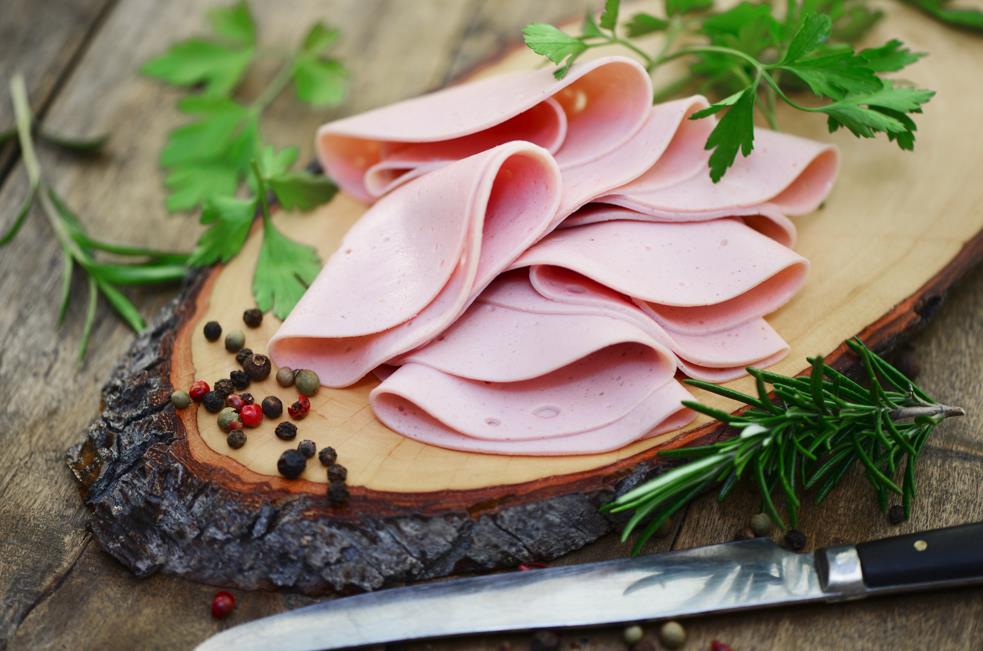
As the name suggests, a slicing knife is a knife used to slice and cut thinner slices of meat as well as fruits and vegetables.
What does it look like
The picture above shows you how it looks. We will now break down the description of its appearance into point-form.
- Design: A slicing knife is long and has a straight edge. It may also feature a granton edge which are shallow divots that prevent the meat from tearing and from sticking to the blade.
- Blade: It has a straight, narrow blade with a rounded tip. Its straight blade allows you to make even slices on huge cuts of meat. The thin blade also allows for cutting thinner slices of meat.
Functions
Slicing thinner roasts
The long blade of a slicing knife allows you to slice thinner roasts such as chicken and venison. With its straight and narrow edge, it is capable of making even and thin cuts of meat.
Slicing regular cooked meat
Of course, it can be used to slice regular cooked meat such as smoked hams or sirloin steaks. Its flexible blade also allows you to portion big pieces of meat. There is no need to exert as much pressure as its long blade offers the capacity for tons of horizontal motion, minimizing the need for downward pressure as you slice.
Slicing fruits and vegetables
A slicing knife can be used to cut fruits and vegetables as well. The granton edge stops the fruits and vegetables from sticking onto the blade while slicing. Though, if what you want is to peel fruits and vegetables, we recommend a paring knife as it will make the task much easier.
Who the slicing knife is for
This depends on what kind of food you normally prepare. Having said that, the following groups of people would benefit from having a slicing knife the most:
- Those who usually cut thinner roasts
- Those who want a knife that can prepare meat as well as fruits and vegetables
What is a carving knife
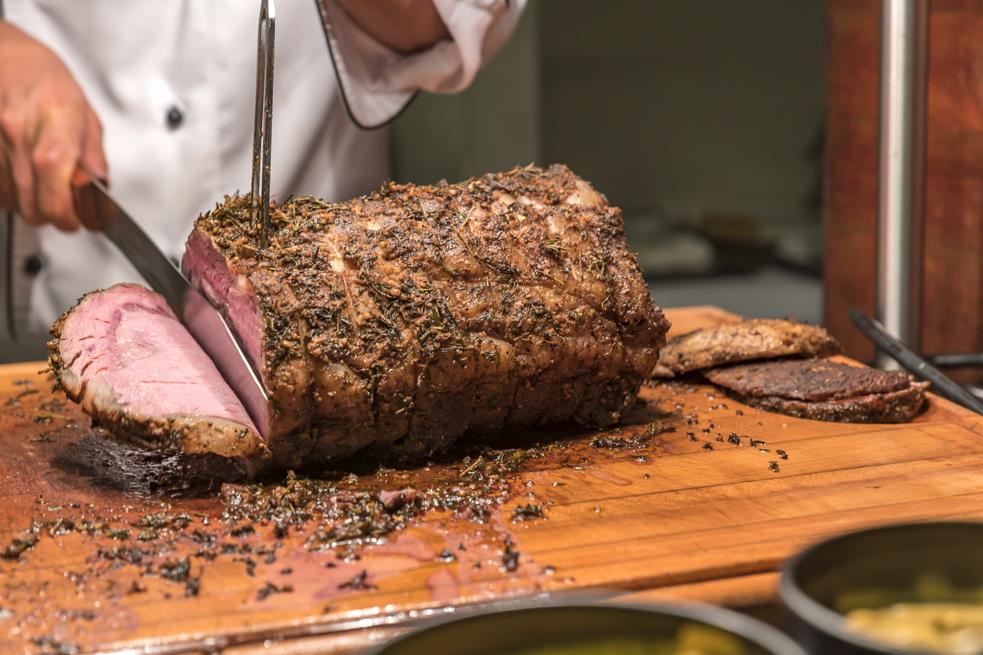
A carving knife is a knife that is mainly designed to carve dense meats.
What does it look like
The picture above shows you how it looks. We will now break down the description of its appearance into point-form.
- Design: A carving knife is long and curves to a sharp point. Its length allows it to slice large roasts cleanly.
- Blade: It has a thin, narrow blade with a sharp, pointed tip. Its thinness allows it to maneuver around bones and cartilage effectively.
Functions
To slice and carve denser meats
Carving knives allow you to carve fattier meats such as turkey and flank steak. The elongated and sharp blade helps you to cut even slices in these thick meats. The curved, pointed tip of the blade also helps in making sure the meat is sliced easily.
To slice cooked meat
Its thin, narrow blade allows you to carve thinner, more precise slices of meat. Its curved edge helps you to slice through the meat by helping you make long, fluid strokes.
Who the carving knife is for
Once again, knowing if the carving knife is right for you will depend on the type of food you normally prepare. As a general rule, the following groups of people are likely to reap the most benefits from using a carving knife.
- Those who usually prepare denser meats over thinner meats.
- Those who want a knife that can easily maneuver around the bones and cartilage of meat.
Slicing knife vs carving knife
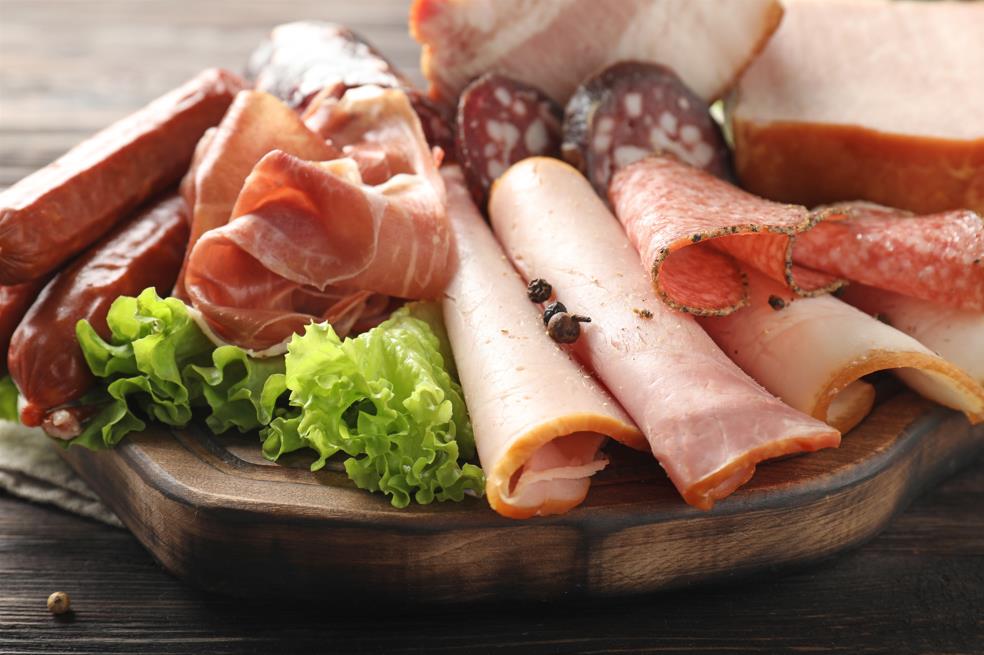
Below is a comparison table of slicing knives and carving knives arranged according to their features.
| Slicing knife | Carving knife | |
| Design | Commonly has a Granton edge. | No Granton edge. |
| Blade | Thinner, more flexible | Slightly thicker, not as flexible. |
| Edge | Straight edge with a rounded tip. | Curved edge with a pointed tip. |
| Function | Slicing thinner cuts of meat. Slicing fruits and vegetables. | Slicing denser meats. |
As you can see from the table above, slicing knives and carving knives have some huge differences.
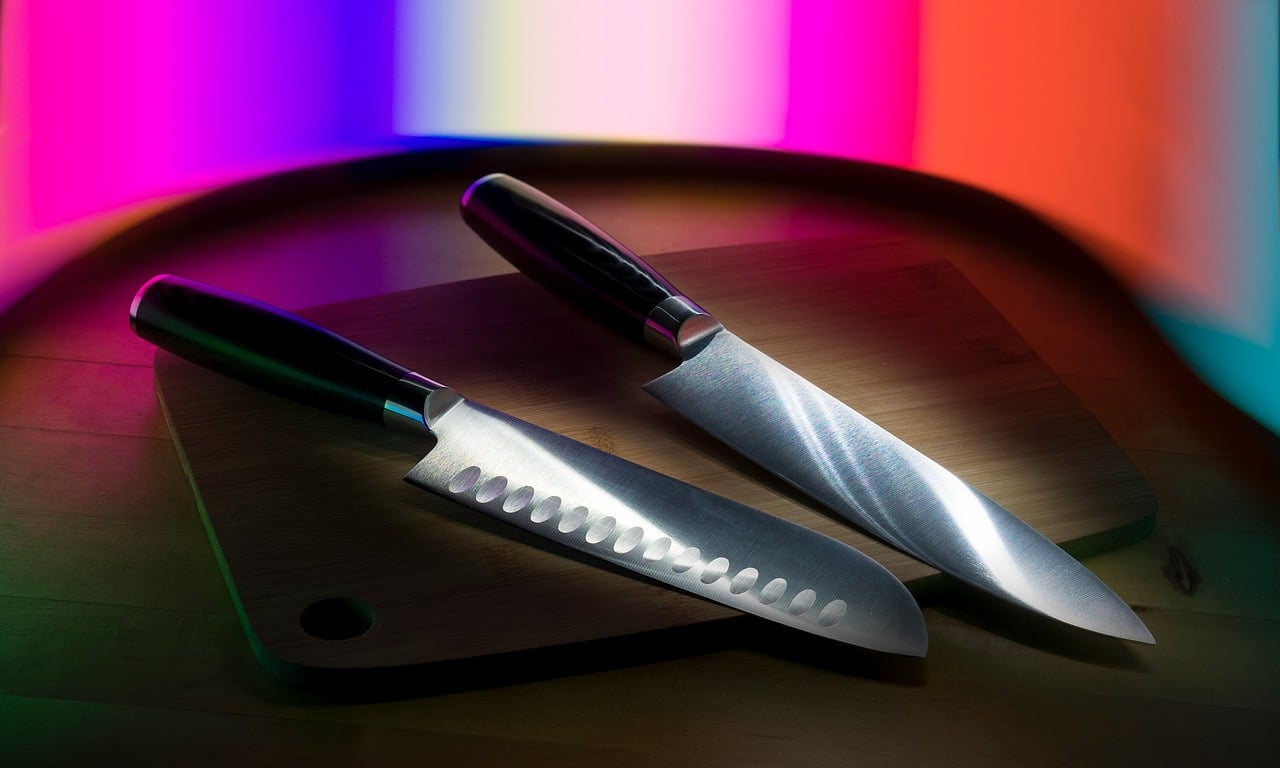
Note: The left one has granton edge
Design
The slicing knife has a Granton edge to ensure the meat does not tear or get stuck to the blade while the carving knife does not.
Blade and edge
A slicing knife has a straight edge with a rounded tip; this is important to take note of if you want to slice even slices of meat. A carving knife has a curved edge with a pointed tip; its curved edge makes it easier to slice through meat.
Function
As for the function, a slicing knife is ideally used to slice thinner cuts of meat and can be used to cut fruits and vegetables as well. The carving knife is designed for use on denser meats.
How to choose between the two types
The type of knife you need will depend on the kitchen tasks you regularly perform.
If you normally prepare smaller cuts of meat such as chicken or beef and would also like to use the knife to slice fruits and vegetables, you should choose the slicing knife.
However, if you regularly find yourself carving denser meats then the carving knife may be a better fit. It may also be a better investment to get a carving knife if you already have a specialized vegetable knife.
However, while both knives are great at regular cutting tasks, they are not the best for specialized tasks. For example, if you want to use a knife for removing bones, it would be better to use a boning knife over a slicing knife or carving knife.
What to look out for when buying these knives
Sharpness and thinness
The sharpness and thinness of the blade are some of the most important things to look out for when buying a slicing knife or a carving knife. If your goal is to ensure clean slices, it is important to check the sharpness and thinness.
If the tip of the blade is too dull, it will take more than one stroke to slice the meat and result in uneven slices.
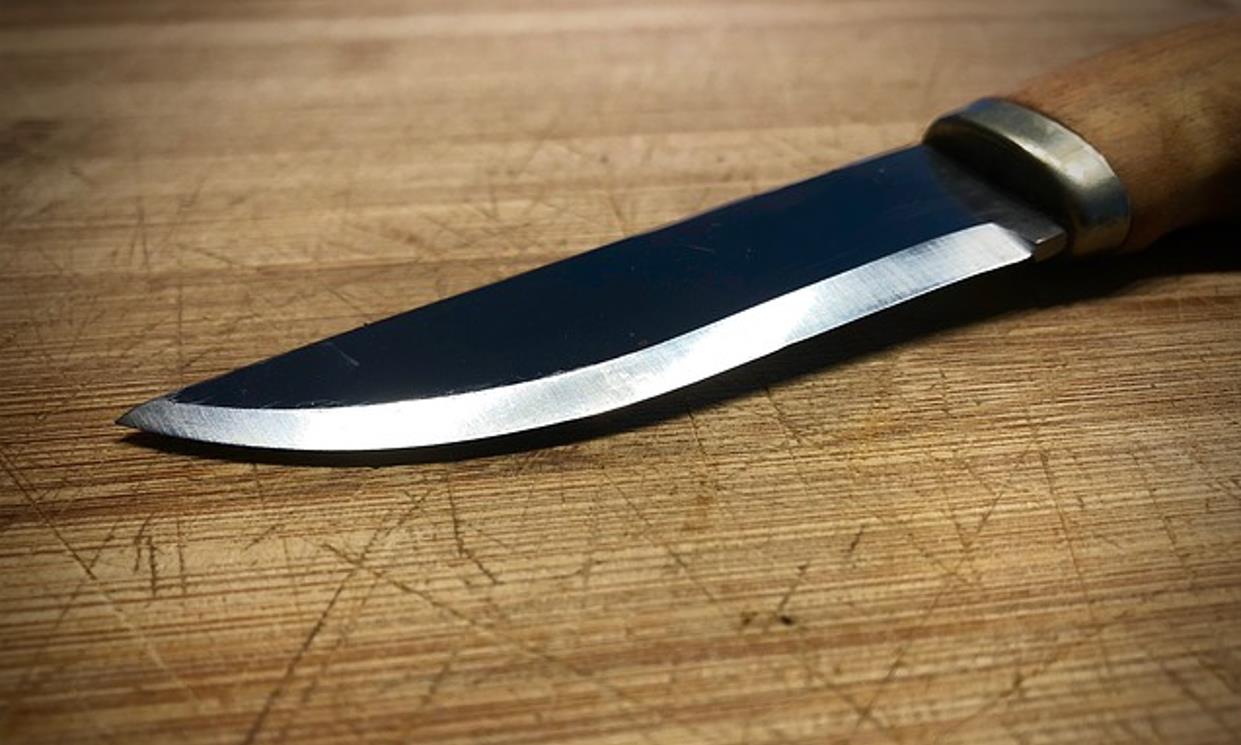
Blade Length
It is important to consider the length of the blade. If you’re planning to cut huge roasts, it may be worth it to invest in a blade that’s longer to ensure that you can make those clean cuts in as few strokes as possible.
Flexibility
Another big factor to consider is the flexibility of a blade. A softer blade tends to be more flexible. A blade that is more flexible will help you to follow the contour of a turkey carcass of the curve of a prime rib bone more easily. This will help you to be able to slice these meats more cleanly.
Steel quality
Steel quality is good to keep in mind, but it is not the most important factor for slicing and carving knives. They are unlikely to be the knives you use the most, and hence they will not dull as quickly. Due to their straightness, they are also among the easiest knives to sharpen yourself if there is a need.
Conclusion
Hopefully, this information has helped you learn more about slicing knives and carving knives! While both knives are used to slice and carve meat, they are ideal for different kinds of meat and are hence considered indispensable to different chefs.
To determine which knife to get, it’s important to know exactly what you’d be using the knife to prepare. This starts with knowing your regular kitchen tasks, what food you usually prepare, and what needs you and your family have.
If however, slicing knives and carving knives don’t feel like the best fit for you, you may be looking for an all-purpose knife that can cut all kinds of food!
If so, feel free to check out our store for chef knives! Our handmade kitchen knives are handcrafted to last. You’ll be spoiled for choice as we have different variations of the chef knife for you to choose from.
FAQ
- What distinguishes slicing knives from carving knives?
- Slicing knives are tailored for thinner cuts of meat and slicing fruits and vegetables, while carving knives excel at carving denser meats.
- How do I choose between a slicing knife and a carving knife?
- Your choice should align with your typical kitchen tasks. If you frequently prepare smaller cuts of meat and slice fruits and vegetables, a slicing knife is ideal. However, if you often carve denser meats, a carving knife is the better option.
- What factors should I consider when purchasing slicing or carving knives?
- Sharpness and thinness of the blade, blade length for handling large roasts, flexibility for maneuvering around bones, and steel quality are crucial factors to evaluate.
- Are slicing knives and carving knives suitable for all cutting tasks?
- While both knives are versatile, they may not be optimal for specialized tasks like boning. For such tasks, specialized knives like boning knives are recommended.
- Where can I find high-quality slicing and carving knives?









